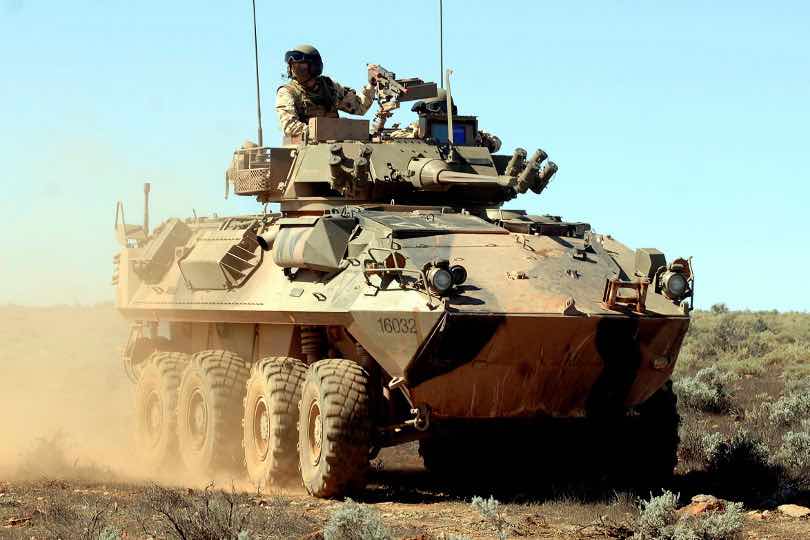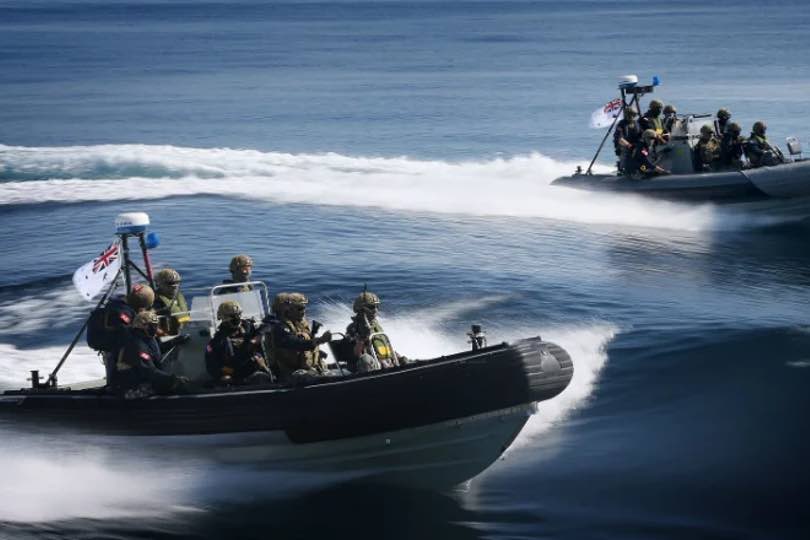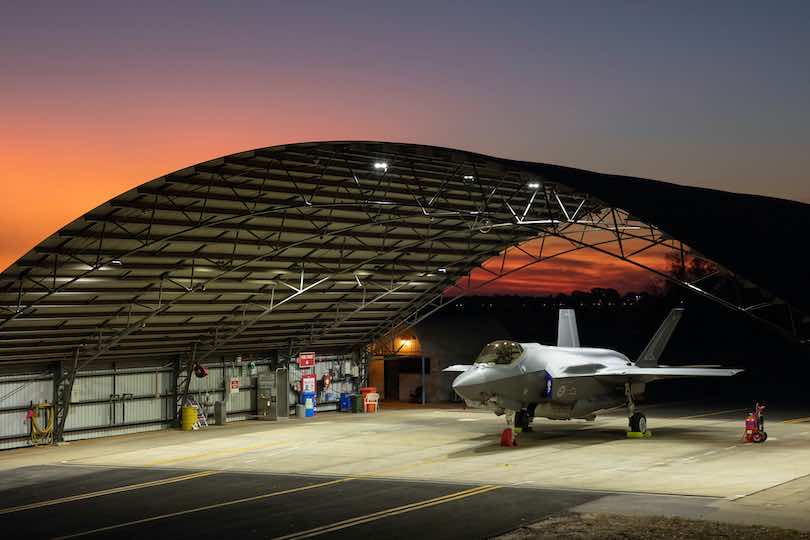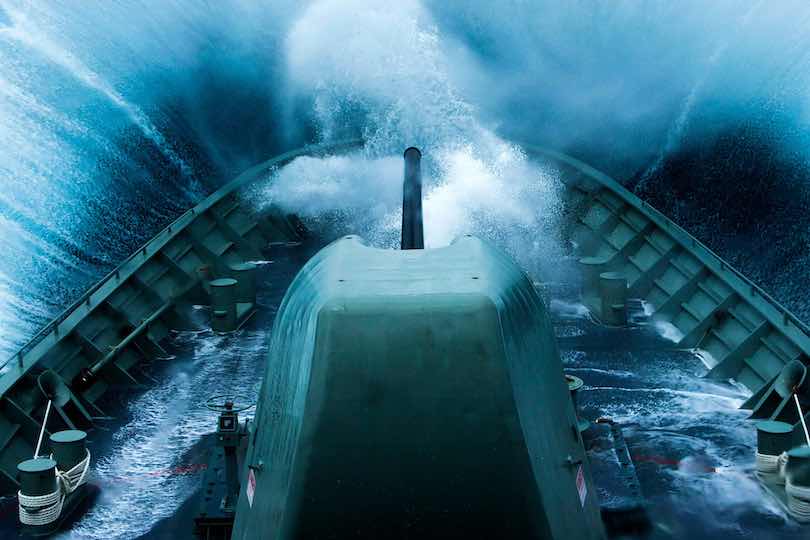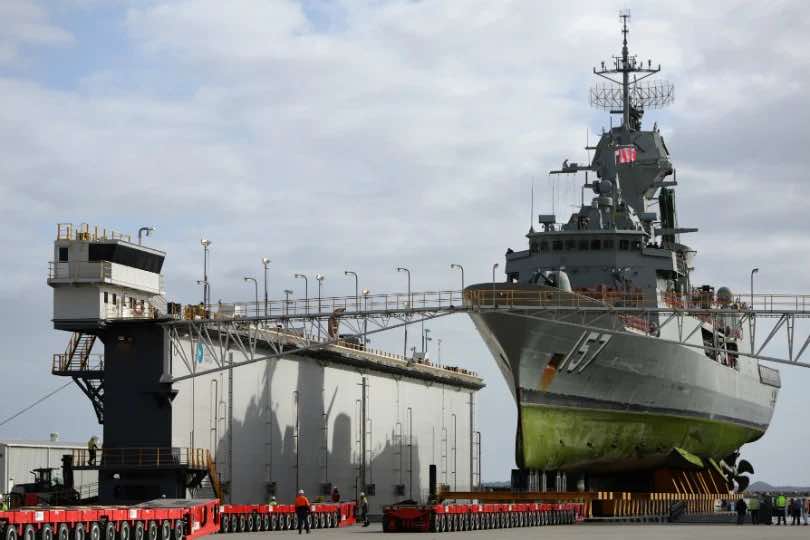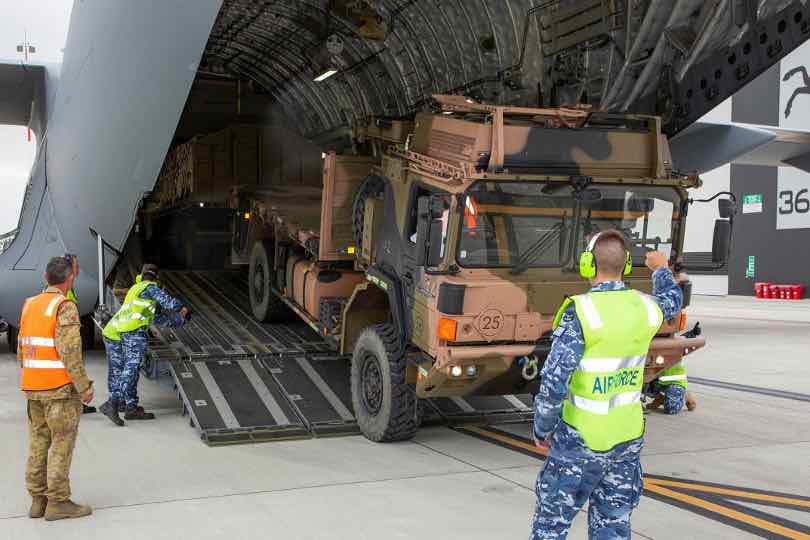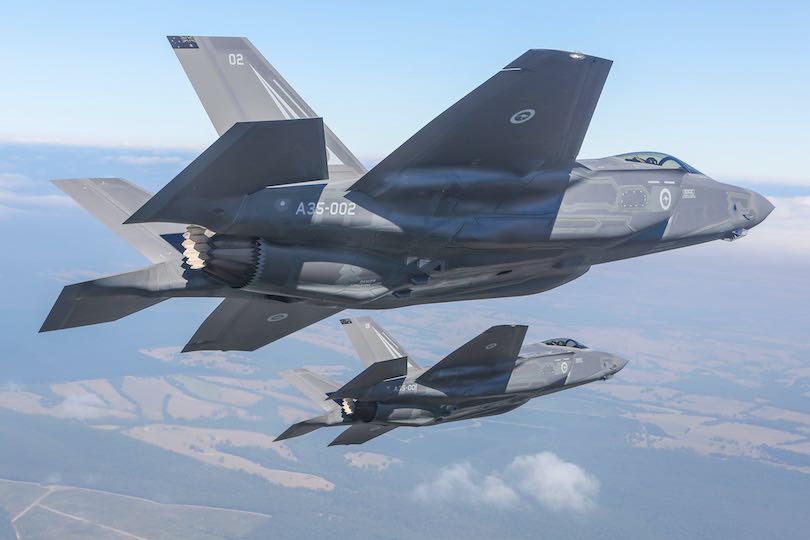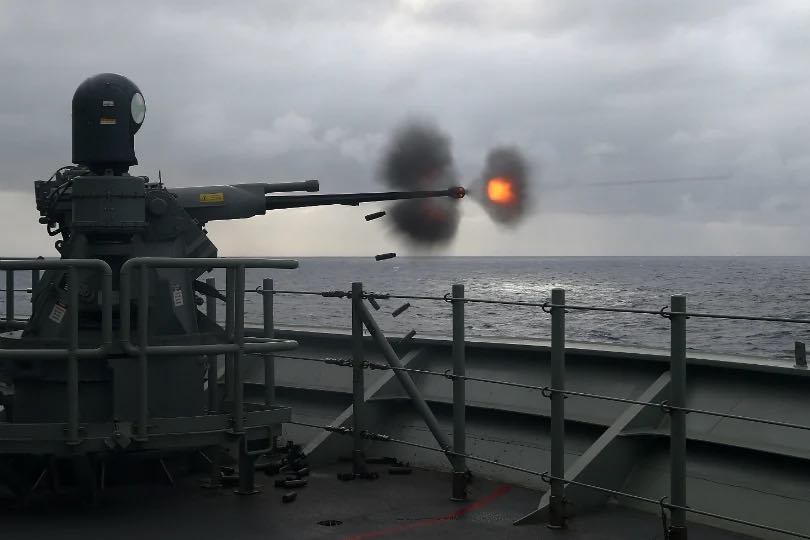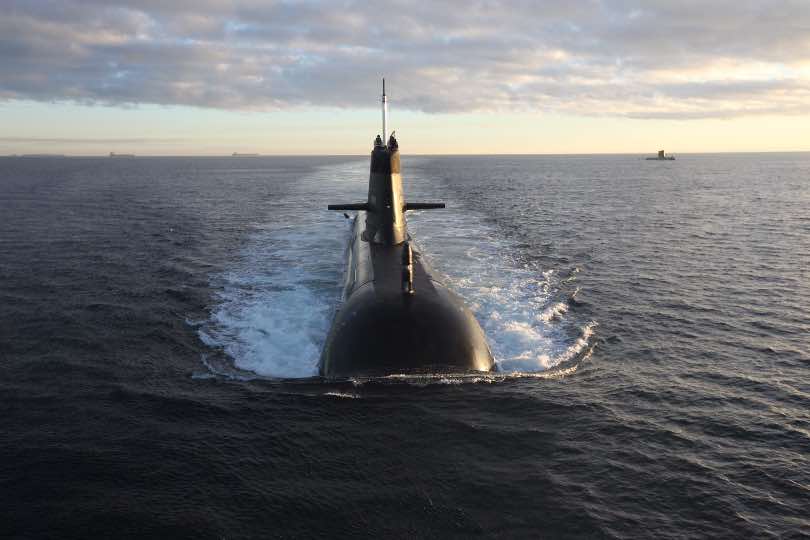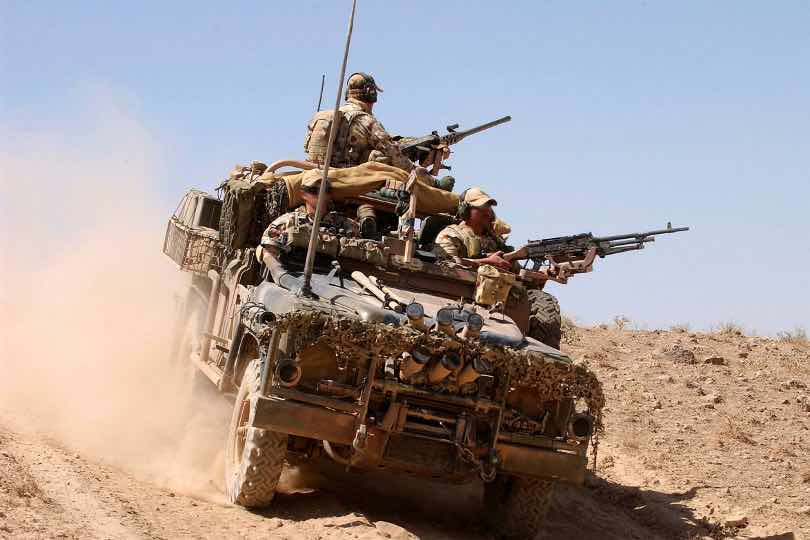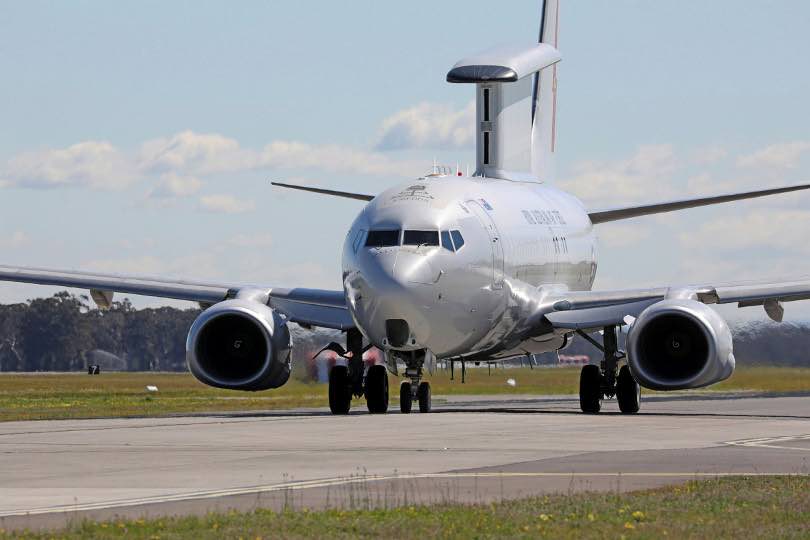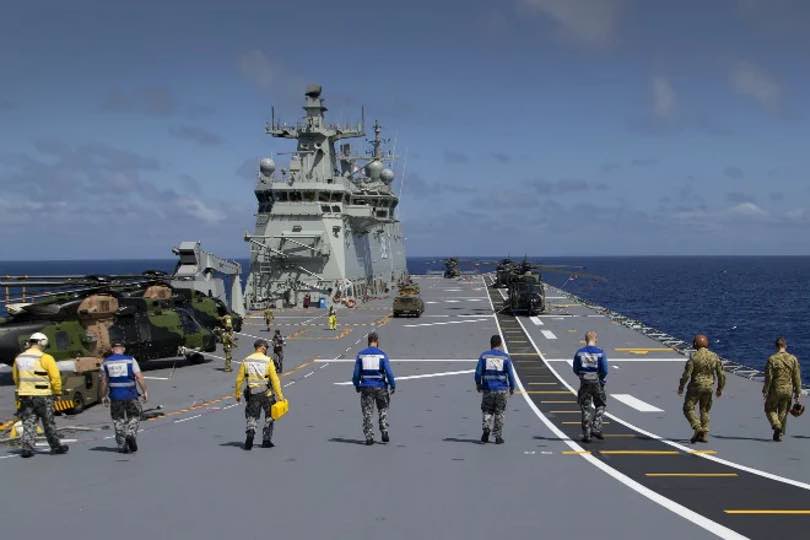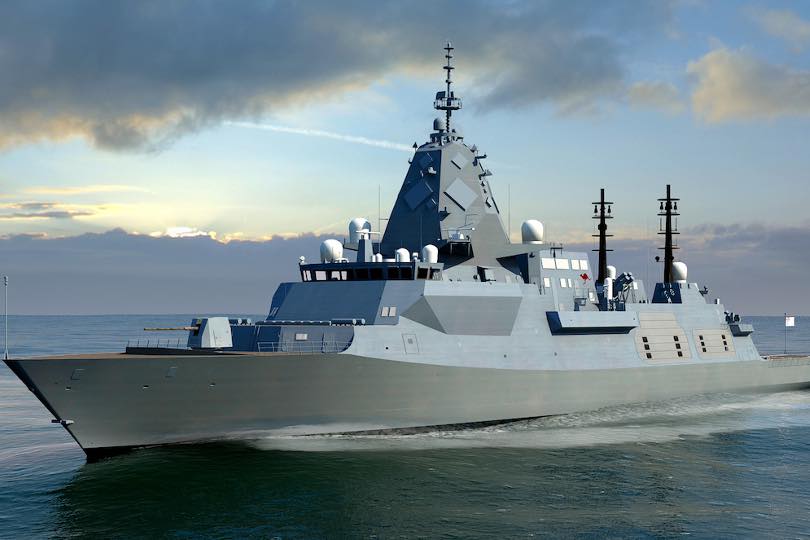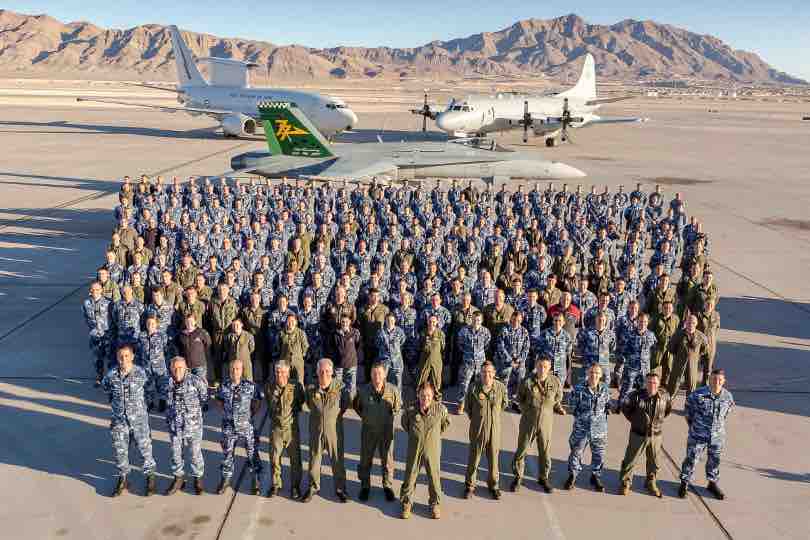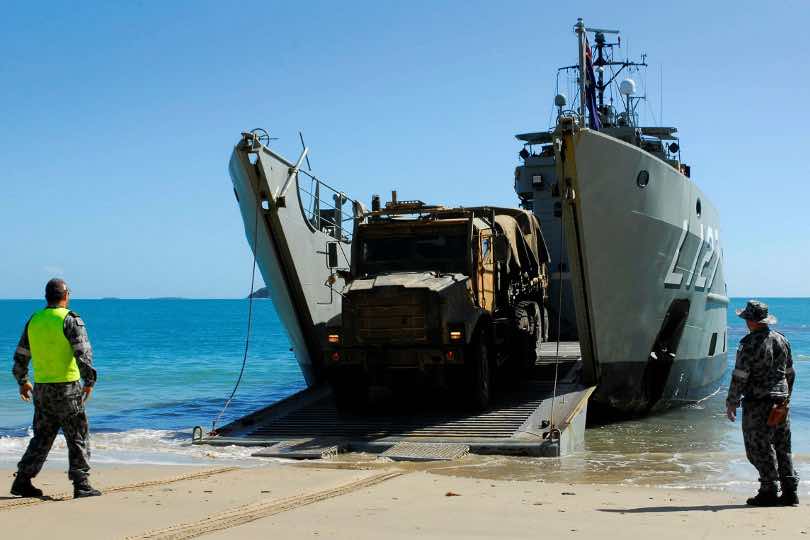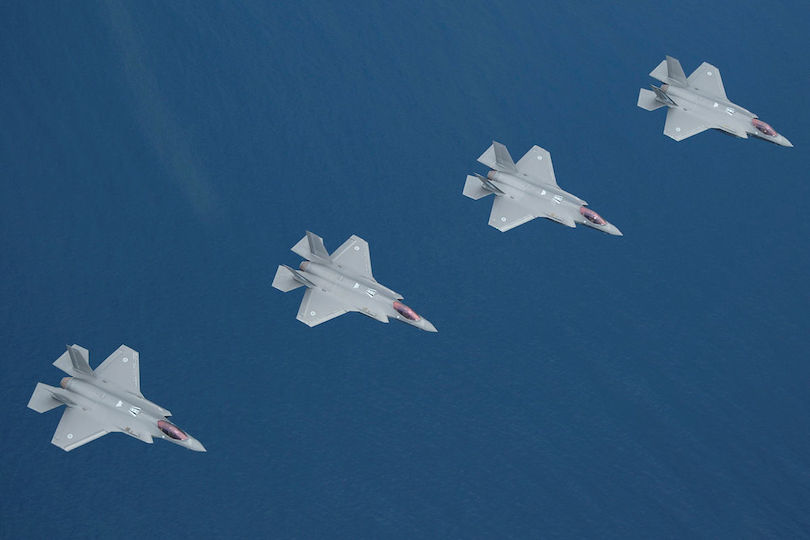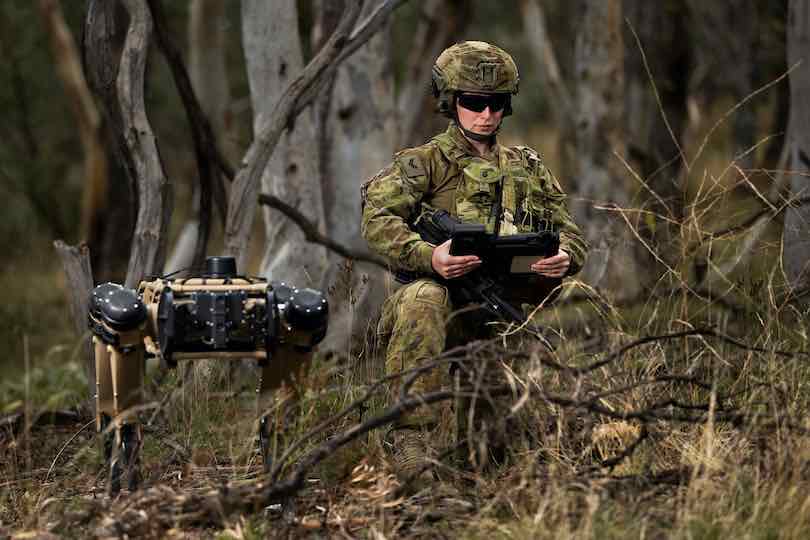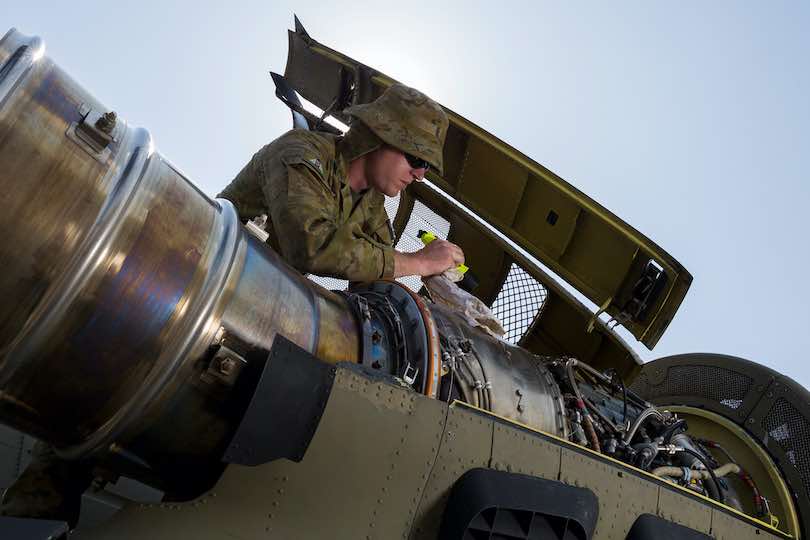About the Defence Business Readiness Tool (DBRT)
The Defence Business Readiness Tool (DBRT) is a secure assessment that provides definition to what it means for a small to medium enterprise (SME) to be “Defence Ready”. There are a series of guided questions tailored to the SME’s product and/or service.
The DBRT enables SMEs to benchmark themselves against similar businesses. It also enables Prime contractors to measure the readiness level of a business against their own supplier assessment system.
Security
The DBRT is hosted in a sovereign secure cloud environment and meets the security requirements that are set out in the Australian Government Information Security Manual.
Eligibility
To use DBRT you must:
- Create an account
- Be an Australian SME
- Have an Australian Business Number (ABN)
How it works
The DBRT utilises an interactive questionnaire to measure Defence business readiness across four key criteria: Market understanding and communications, Confidence in delivery, Strategic outlook and Product offering development.
By guiding SMEs through this assessment process, the tool helps them identify their strengths, weaknesses, and areas for improvement in each of these categories.
Based on the SME’s responses to the questionnaire, the DBRT generates an assessment report highlighting the SME’s current level of Defence business readiness. The report provides recommendations and prioritised actions for the SME to enhance its capabilities and grow its Defence business.
The DBRT aims to support SMEs seeking to compete for opportunities in Defence industry by providing a structured self-assessment tool that helps gauge their readiness and take proactive steps towards improving their Defence business capabilities.
Criteria
The criteria below used to determine a SME’s readiness for defence business fits into four categories:
Category 1: Market understanding and communications
Identifying and validating opportunities, aligning to Defence needs, and developing a value proposition. It considers consumer behaviour, market trends, strategic planning, branding, communication strategies and data analysis
Category 2: Confidence in delivery
Refers to the level of confidence in on time and successful delivery of products. It takes into account planned execution, risk assessment, and past performance.
Category 3: Strategic outlook
Analyses forward-looking approaches to planning and decision-making. Making sure you’re thinking long-term, considering potential challenges, and taking advantage of opportunities.
Category 4: Product offering development
The iterative and strategic process of researching, designing, and refining a solution. Including incorporating feedback and insights to develop a product that is valuable and marketable.

